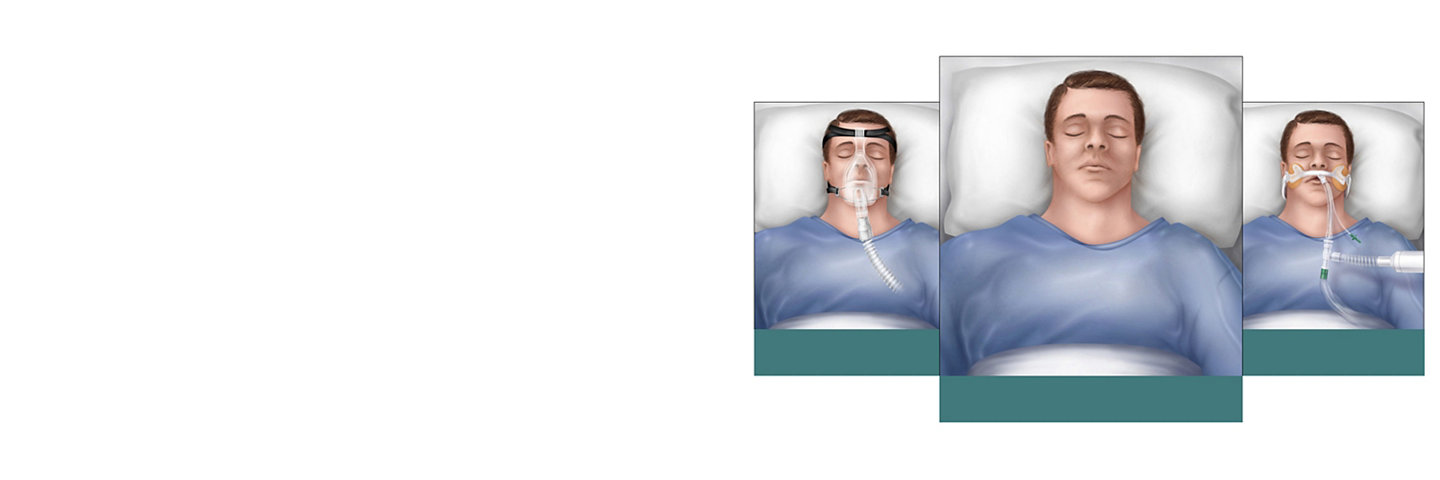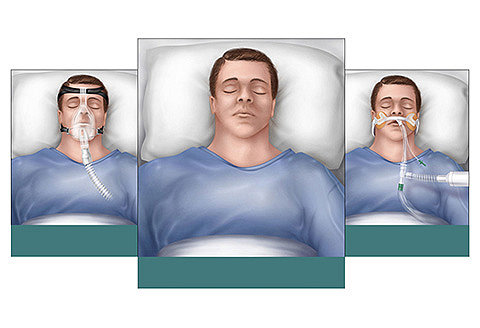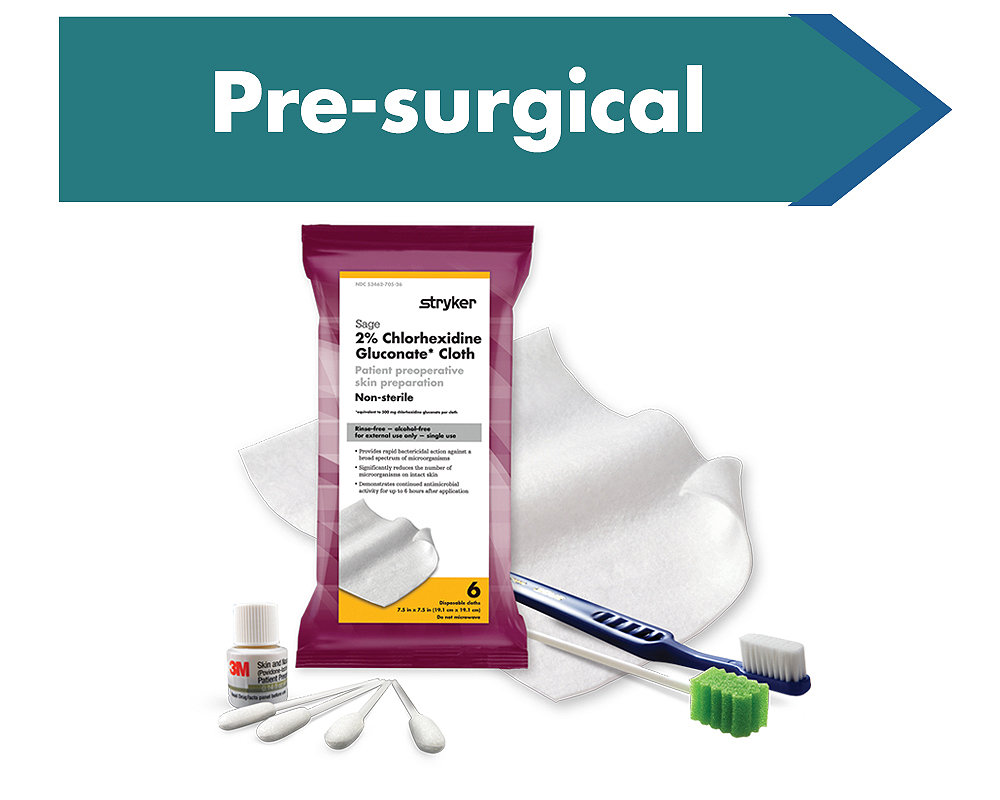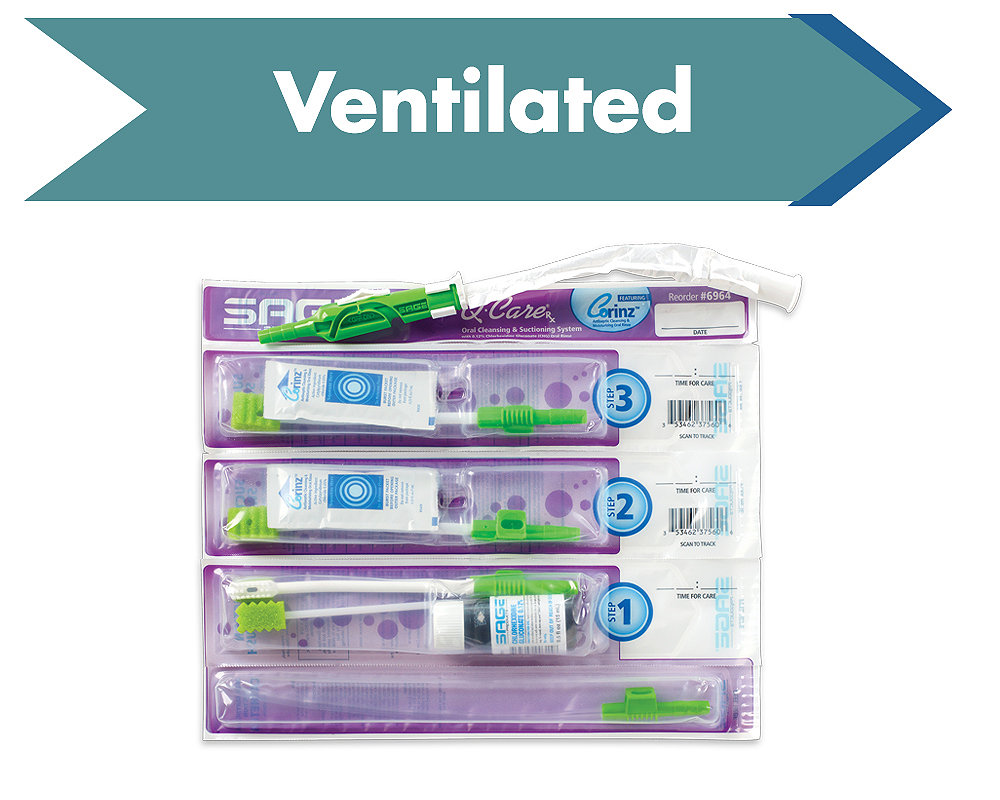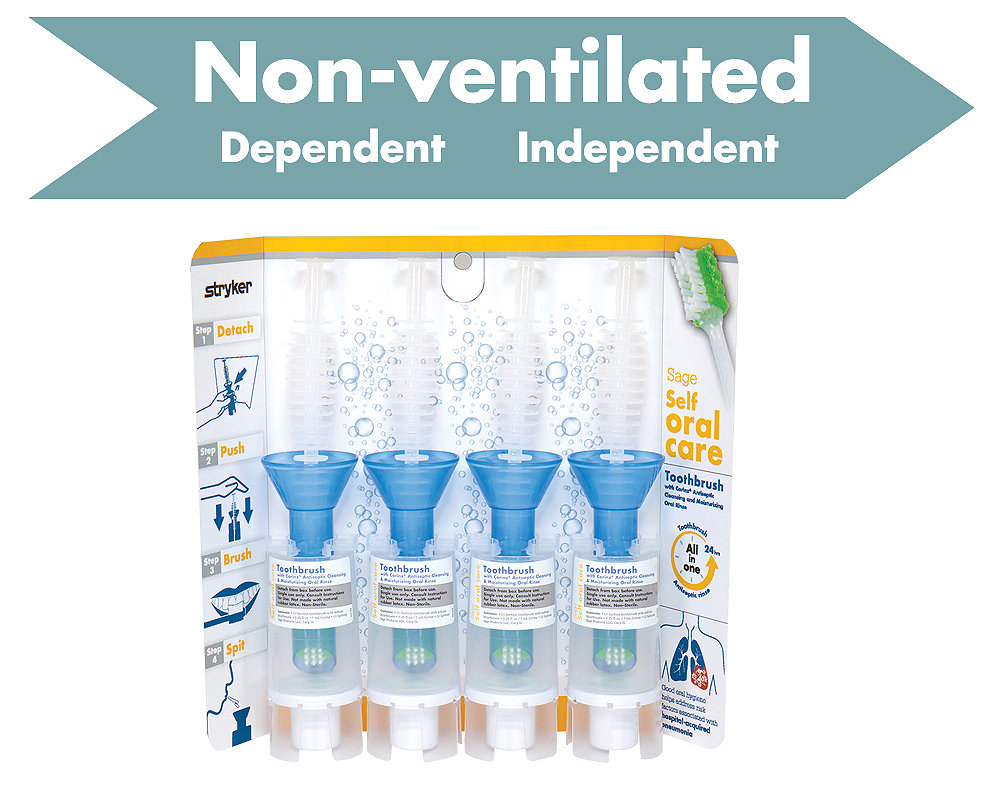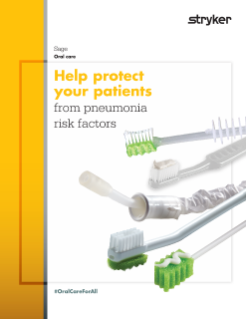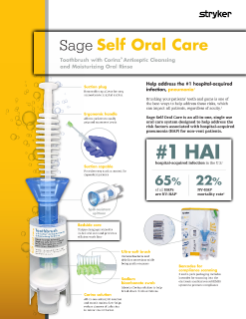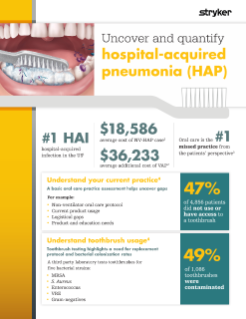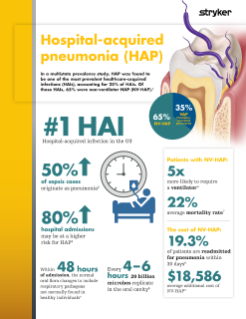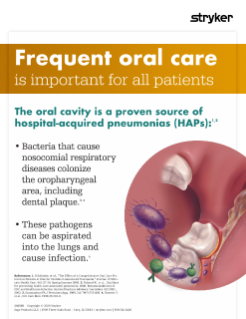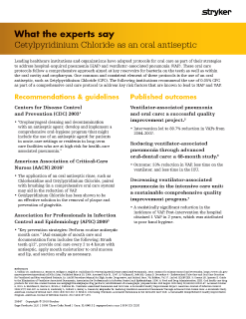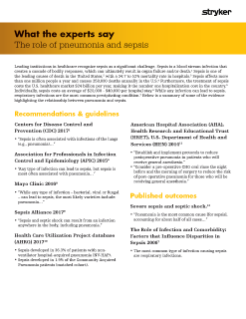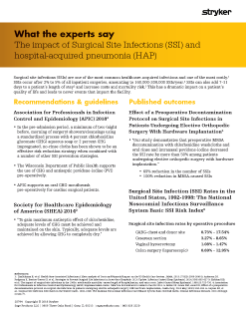Pneumonia is the #1
hospital-acquired infection (HAI)1
It happens far too often. A patient enters the hospital and develops pneumonia. The stats don’t lie - pneumonia is the most common hospital-acquired infection (HAI).1 The risk is real and not just for ventilated or elderly patients in the ICU. Pneumonia can strike patients in every unit of the hospital. It’s estimated that one in every 100 patients will be affected by non-ventilator hospital-acquired pneumonia (NV-HAP).2
In a multistate prevalence study, 65% of hospital-acquired pneumonia was non-ventilator associated pneumonia (NV-HAP).3
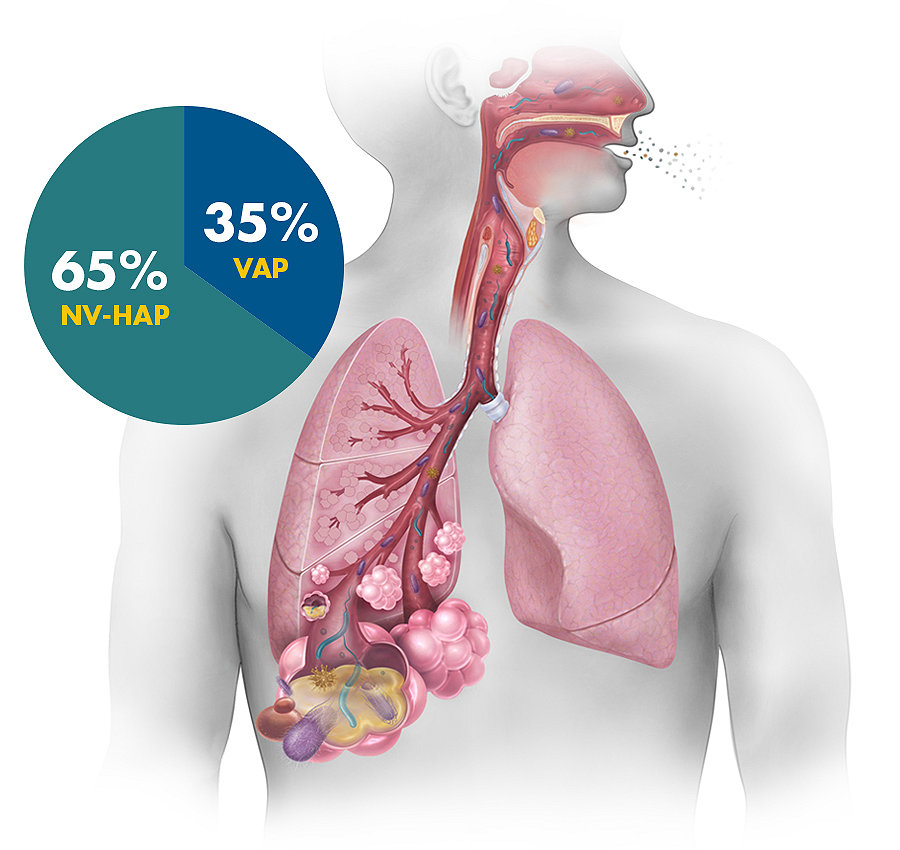
Why it matters
Your hospital can take action to prevent NV-HAP while improving the quality of care and patient safety, lowering the risk of sepsis, reducing health care costs, and saving lives.2
36%
of NV-HAP patients
develop sepsis4
19%
of NV-HAP patients
are readmitted within 30 days5
16%
NV-HAP mortality rate5
6.5 days
Length of stay increase
for NV-HAP patients6
Action is needed
Address the risk factors associated with pneumonia throughout the continuum of care:
Sage Self Oral Care can help you reduce the risk of pneumonia
The all-in-one, single-use system provides thorough oral care at the bedside and doesn’t require nurse assistance to use.
NV-HAP prevention guidelines
ADA evidenced-based protocol7
- Brush two - four times a day
- Use a soft-bristled toothbrush
- Use plaque-removing toothpaste
- Use sodium bicarbonate
- Use a non petroleum-based moisturizer
Dependent patients
- Use 24-hour suction toothbrush kits for high aspiration-risk patients
- Use a soft-bristled toothbrush
Edentulate patients (2 times a day)
- For patients with dentures, remove and soak dentures
- Brush gums and mouth
- Prevent patients from sleeping with dentures in place
AACN guideline recommendations8
- Brush four times a day (after each meal, before bedtime)
- Use a soft-bristled toothbrush
- Use an alcohol-free antiseptic oral rinse
- Use non petroleum-based moisturizer
- Use therapeutic toothpaste
Dependent patients
- Brush with a suction toothbrush
Edentulate patients
- If no teeth or dentures, gently brush gums, tongue four times a day
Let’s lower hospital-acquired pneumonia rates—together
Complete the form and a sales representative will contact you.
Resources
References: 1. Magill SS, O’Leary E, Janelle SJ, et al. Changes in Prevalence of Health Care–Associated Infections in U.S. Hospitals. New England Journal of Medicine. 2018;379(18):1732-1744. 2. The Joint Commission, Quick Safety: Preventing non-ventilator hospital-acquired pneumonia, Issue 61, September 2021. 3. Magill S, et al., Multistate Point-Prevalence Survey of Health Care-Associated Infections. N Eng J Med. March 2014;370(13):1198-1208. 4. Giuliano K, Baker D. Sepsis in the Context of Nonventilator Hospital-Acquired Pneumonia. AJCC. 2020;29(1):9-14. 5. Baker D, Quinn B. Hospital Acquired Pneumonia Prevention. Initiative-2: Incidence of nonventilator hospital-acquired pneumonia in the United States. AJIC. 2018;46(1):2-7. 6. Data on file. The Moran Group. 2021. 7. Quinn B, et al. Non-ventilator health care-associated pneumonia (NV-HAP): Best practices for prevention of NV-HAP. American Journal of Infection. 2020;48: A23-A27. 8.Vollman K, Sole ML, Quinn B. Procedure 4 - Endotracheal Tube Care and Oral Care Practices for Ventilated and Non-ventilated Patients. In: AACN Procedure Manual for High Acuity, Progressive, and Critical Care. 7th Edition. Vol 37. 2nd ed. ELSEVIER.
SAGE-OC-WEB-576044_REV-0_en_us

